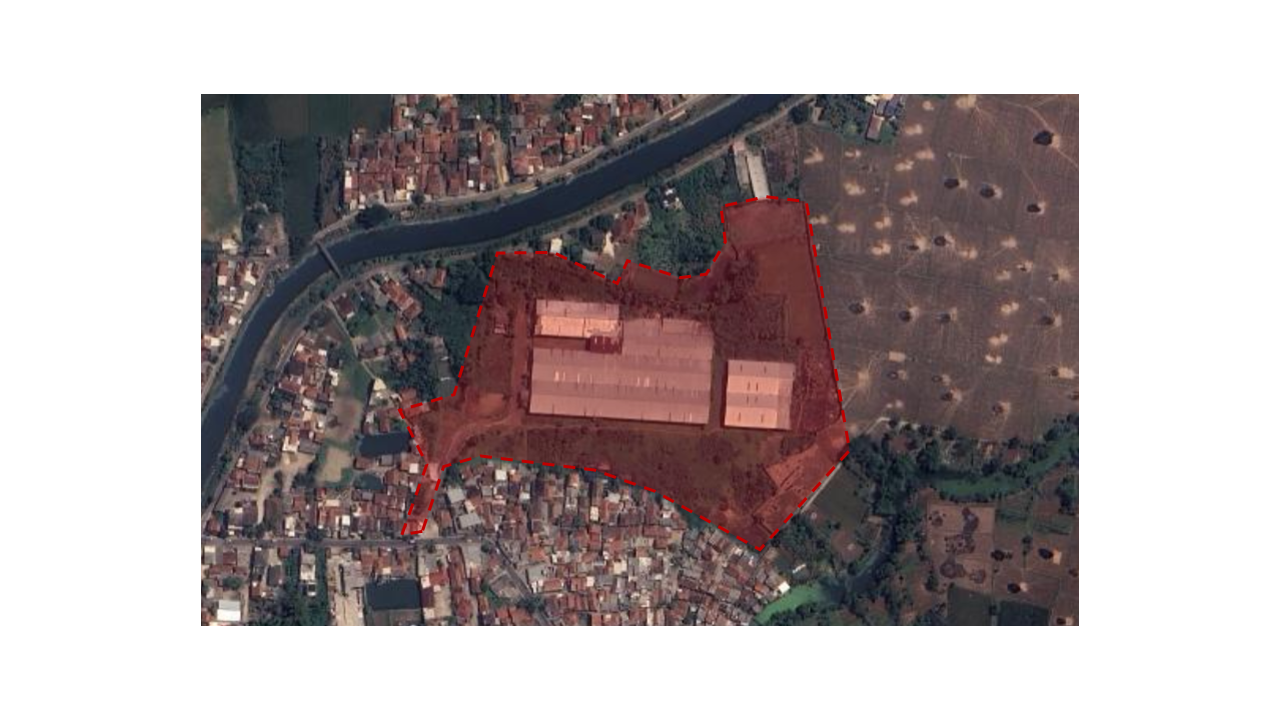Competition intensifies for European real estate debt
More non-bank lenders are vying for opportunities alongside established players, putting pressure on margins and pushing investors to diversify
The European real estate debt market continues its robust recovery but with a notable increase in activity among non-bank lenders.
As banks have taken a more cautious approach to lending, credit strategies have gained traction across Europe and elsewhere with US $110.7 billion mobilized globally for debt strategies across more than 330 closed-end funds since 2020.
But the lender dynamics are changing with non-bank lenders increasingly getting in on the act: “Domestic banks now account for only 35% of outstanding loans, compared to more than 70% twenty years ago," says Cameron Ramsey, Director of Capital Markets, EMEA & UK Research & Strategy.
The figures, published in the bi-annual Bayes CRE lending report, refer to UK deals but they offer a ‘good proxy for what we’re seeing in Europe’ Ramsey says: “Until 2011, real estate lending was entirely bank dominated, split across UK and other geographies but, since then, an increasing proportion of insurers and other lenders have come into the market and in 2023 accounted for a record share above 40%.”
Looking for more insights? Never miss an update.
The latest news, insights and opportunities from global commercial real estate markets straight to your inbox.
This has resulted in tighter margins and heightened competition as core lenders and new entrants vie for a limited pool of deals.
“There is a more aggressive pursuit of opportunities among lenders,” says Brad Greenway, Co-Head of Debt and Structured Finance, JLL EMEA. "The European debt market is witnessing a tightening of competition, with margins as tight as the low 100s on core financings across Europe and mid-100s in the UK.”
Logistics takes centre stage
The heightened competition is also moulding lender strategies, with logistics taking the forefront as the preferred asset class, closely trailed by the living sector. Emerging sectors like life sciences and data centres are also catching investor interest as they look for ways to diversify and drive returns.
Despite recent macroeconomic uncertainties, the debt markets have displayed resilience, remaining 'open for business'.
Investment Opportunities
Yet recent market movements hint at a potential shift in financing trends. While refinancing dominated the scene last year, there's been an uptick in new acquisition financing and heightened bidding activity.
"Last year saw a ratio of 90/10 in favour of refinancing, with very little new acquisition financing but recent developments suggest a change, with strong bidding and competition emerging in the market," Ramsey explains.
Private equity firms are driving this resurgence and taking a more entrepreneurial approach.
"Private equity played a pivotal role in leading us out of the previous downturn and remains highly active in Europe, primarily driven by US funds.”
Cautious optimism
Despite the cautious optimism, improvements on the horizon are expected to be gradual, according to Ramsey: “Much of the core capital, both in equity and debt will remain on the sidelines until there is greater certainty surrounding macroeconomic conditions."
Until then, investors will need to continue to explore alternative sectors and financing sources to drive returns.
Contact Cameron Ramsey
Director - Capital Markets, EMEA & UK Research at JLLWhat’s your investment ambition?
Uncover opportunities and capital sources all over the world and discover how we can help you achieve your investment goals.




